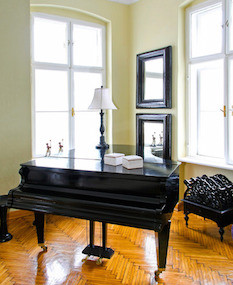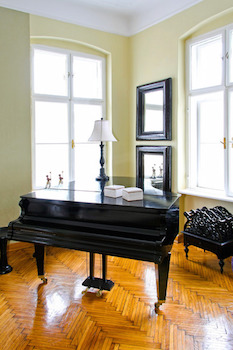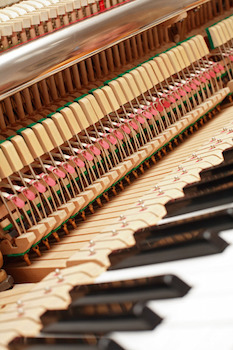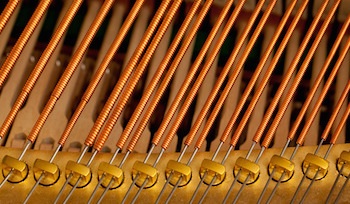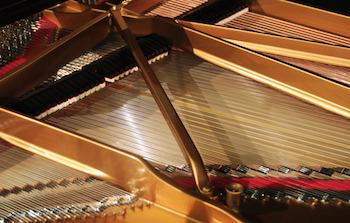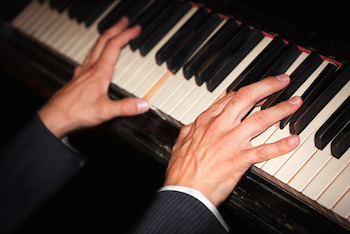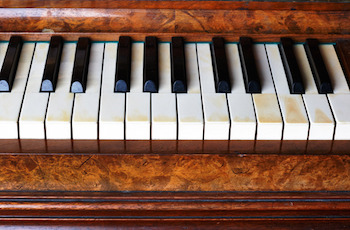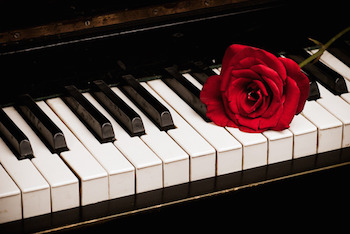A piano brings a lifetime of enjoyment to any home. But if you are ready to purchase your first piano, as with any investment, taking care of it from the beginning will ensure you lifelong quality and workmanship.
Today’s pianos are finished with a variety of materials, from lacquer to modern polyurethanes and polyester resins. A piano’s finish is designed to protect the wood from dirt and spills, as well as reduce damage from every day circumstances, such as humidity changes within the room.
Piano finishes are designed to protect the piano without the need of polishes or waxes, and in fact are best protected with simple maintenance.
Avoid finish damage to your piano
Your piano’s cabinet is made out of wood, and like all wood, it is subject to expansion and contraction as humidity changes. With extreme variations, the wood will begin to develop tiny cracks and even begin separating in certain areas. Locate the piano in a stable area of your home, away from direct sunlight, and away from drafts, dampness or heat sources. Also avoid placing anything on the piano which can lead to scratches, or can spill liquid onto the finish, such as a plant or a drink.
Regular dusting
Rubbing dust across your piano can instantly cause scratches. Use a feather duster or a damp cloth to pick up dust without the impact of scratching. Choose a cloth made of soft cotton rather than a harsher material, such as a synthetic fabric. Also make sure you wipe any moisture immediately, as moisture can quickly get into the grains and start the damage process.
Cleaning the piano finish
Occasionally you may find smudges or fingerprints on the finish. If a damp cloth doesn’t remove it, you can dampen your cloth with a mild soap solution. Never use traditional furniture polishes or lemon oils claiming to protect wood finishes. They offer no protection from scratching and can actually soften the finish over time. They also contain silicone and oils that contaminate the wood, leaving it vulnerable to extensive damage.
Cleaning the piano keys
Piano keys often become soiled from oil and dirt on fingertips. To clean the keys, use a soft cloth dampened with water and a mild soap. Make sure the cloth is wrung out, and is damp, not wet. Wipe the keys from back to front rather than side to side to avoid moisture falling between the keys. Clean only a few keys at a time, drying them immediately with a dry cloth.
Have any more questions about cleaning your piano? Give us a call. We’d be happy to advise you on how to protect your investment for years to come.
